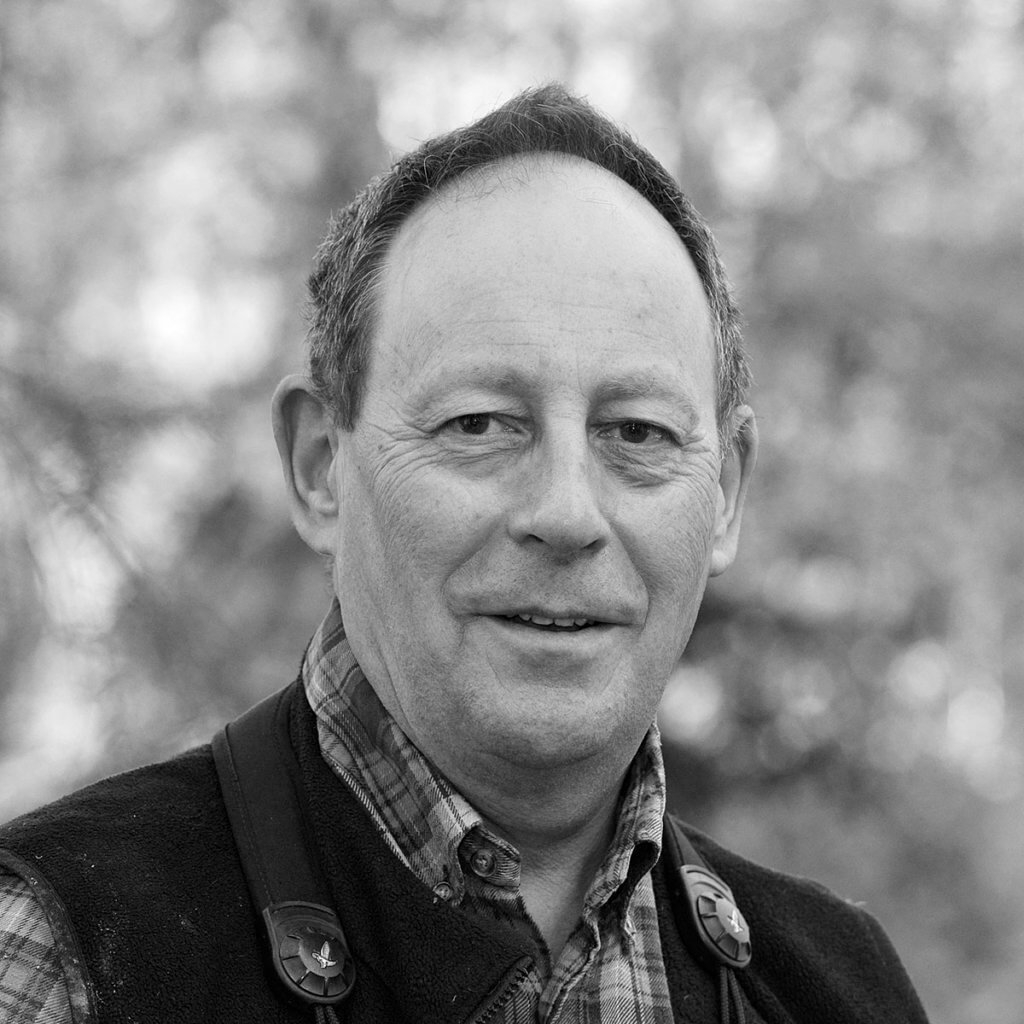
Paul Sterry has an academic background in freshwater biology and is a passionate conservationist. He has been writing about natural history and photographing wildlife for the last 40 years, with an emphasis on the British scene.
Bird Photographer of the Year and the Bermuda Petrel
The Cahow (to give it its local name) is Bermuda’s national bird and over the years this exquisite grey Pterodroma petrel has acquired almost mythical status, thanks to its remarkable story. Thought to be extinct for over three centuries, it was rediscovered and then brought back from the brink by the efforts of a few dedicated people. Its recovery is one of conservation’s most heart-warming success stories and Bird Photographer of the Year is proud to be able to help with the project for the 2020 competition cycle which starts at this year’s Birdfair.
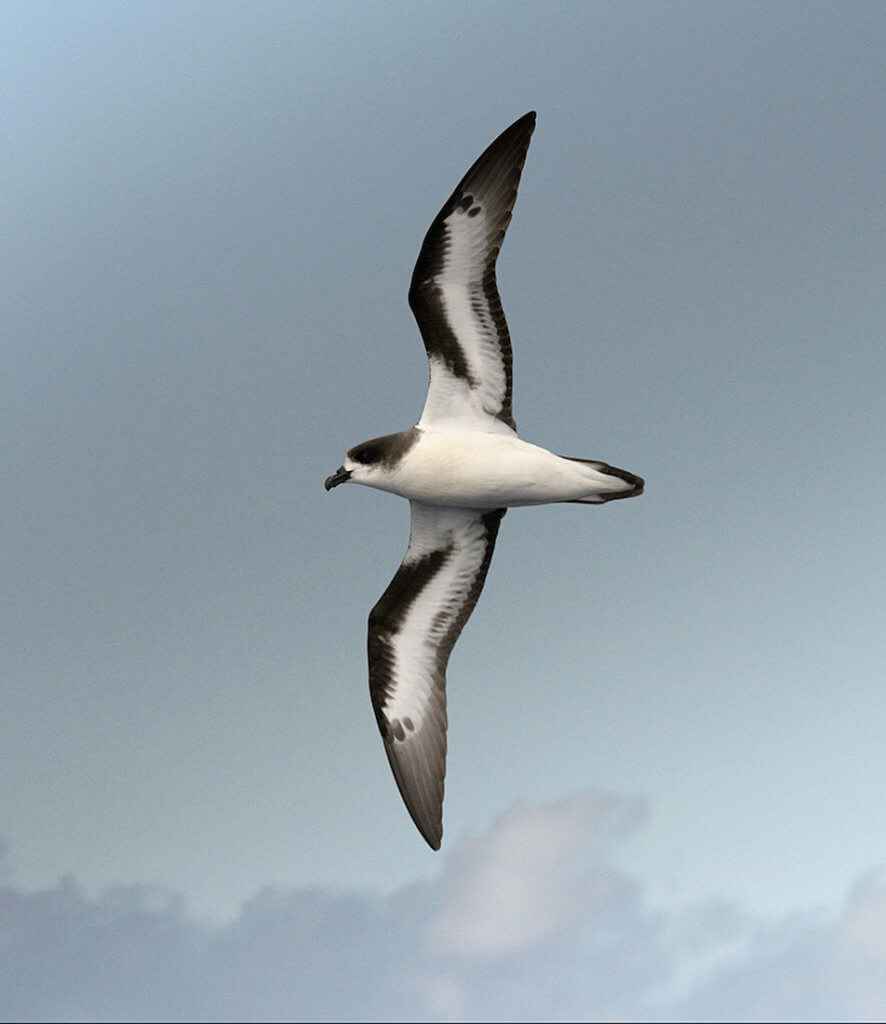
Back to the story of the Cahow. Sub-fossil records indicate that it was an abundant breeder on Bermuda prior to human settlement and its demise began with the arrival of Man. From the 1500s onwards, exploitation for food, habitat destruction, and predation by rats, cats and pigs helped extirpate the Bermuda Petrel from the main islands. There were no records after 1620 and the species was assumed to be extinct. Then came the discovery of a live bird in 1906 (at the time mistakenly identified) and the subsequent discovery of two dead specimens in 1935 and 1945. An expedition in 1951 (in which legendary David Wingate participated) confirmed the species’ survival – on just five tiny, rocky islets in Castle Harbour. The entire world population that year was estimated to be just 17 or 18 pairs, with just eight chicks being produced.
The five breeding islets on which the Cahow survived at that time are precarious to say the least. With the limestone islets themselves vulnerable to rising sea levels and hurricane damage, the birds also had to contend with White-tailed Tropicbirds entering their nest burrows and killing the chicks. David Wingate’s carefully constructed entrance hole ‘baffles’ excluded the tropicbirds and his ecological restoration of nearby Nonsuch Island Nature Reserve (as a potential site for natural recolonisation) underpinned the next chapter in the story of the Cahow’s recovery.
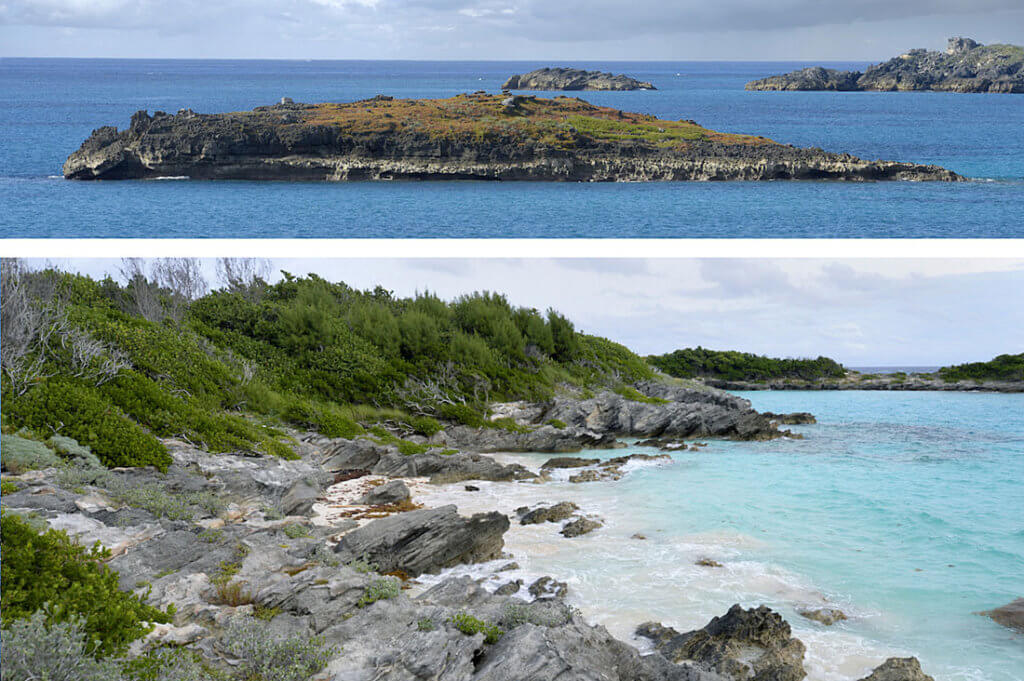
But continued erosion of the islets meant that drastic measures had to be taken. Step forward the Cahow’s current guardian angel, Jeremy Madeiros, Senior Terrestrial Conservation Officer for Bermuda’s Department of Environment and Natural Resources. In 2001 he began translocating chicks just prior to fledging, from the vulnerable islets to artificial burrows on Nonsuch Island. The chicks were hand-fed in their new homes for a couple of weeks, the idea being that they would imprint on the burrows from which they fledged.
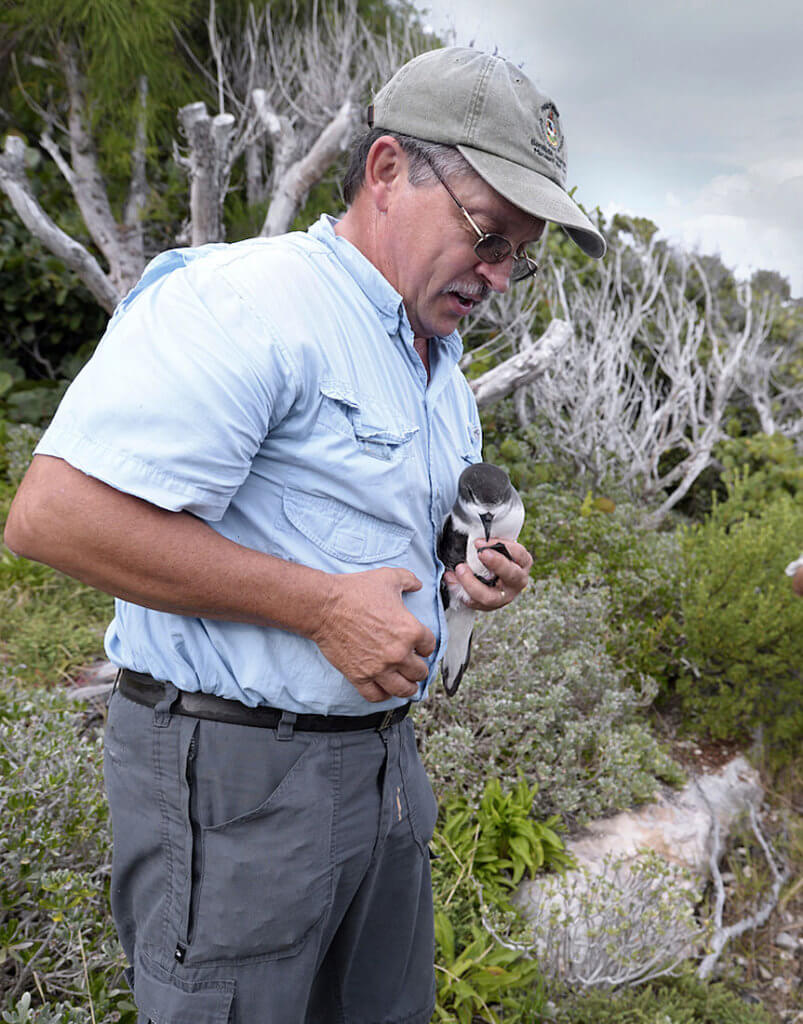
Guess what? The project has been a resounding success and in the 2018 nesting season 125 pairs were identified. In the breeding season proper, Cahows are strictly nocturnal and in daylight seldom venture close enough to land to be observed. However, although eggs are not laid until late January or February, adults return to Bermuda waters for a couple of weeks in early November, to court, mate and stake a claim on a nest burrow. During this time there is a small window of opportunity to see them at sea as they gather inshore, within a few miles of land, in the late afternoon.
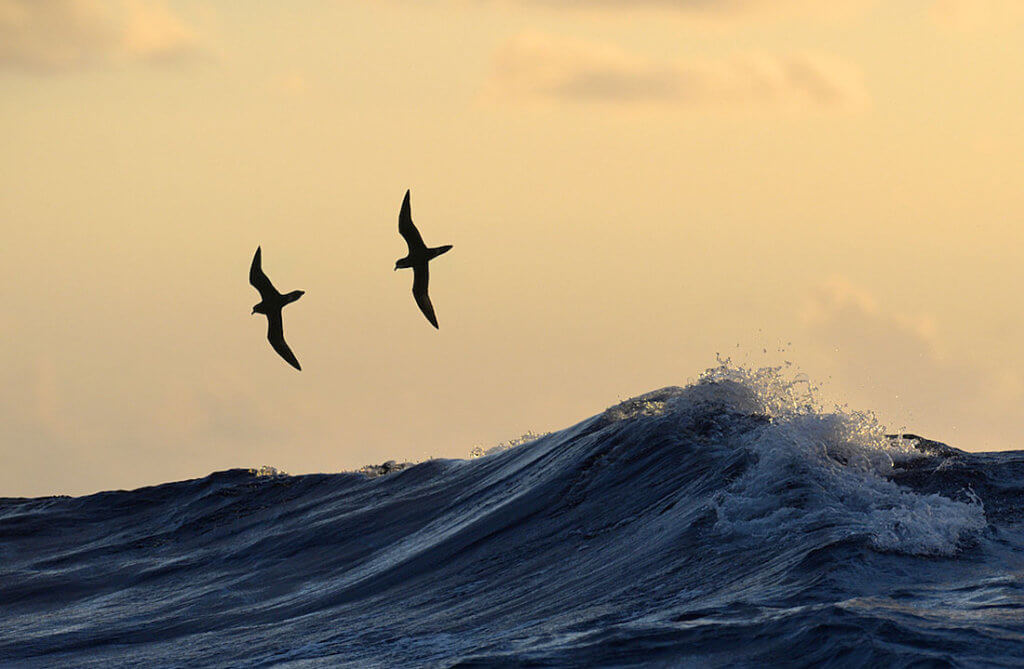

The Bermuda Audubon Society is a non-profit charity that brings together people interested in both birding and environmental conservation. It owns 16 nature reserves in Bermuda – approximately 60 acres of open space – and restores wetlands and other wildlife habitats. In addition to being an advocate for Bermuda’s natural environment the Bermuda Audubon Society supports a range of conservation projects including the Cahow nest-site programme. Bird Photographer of the Year is proud to be working alongside the organisation, to help raise funds for, and awareness of, such a vital project helping this highly endangered species. We have given the organisation £500 to kickstart the relationship and we are also inviting BPOTY community members to help via the BPOTY website.
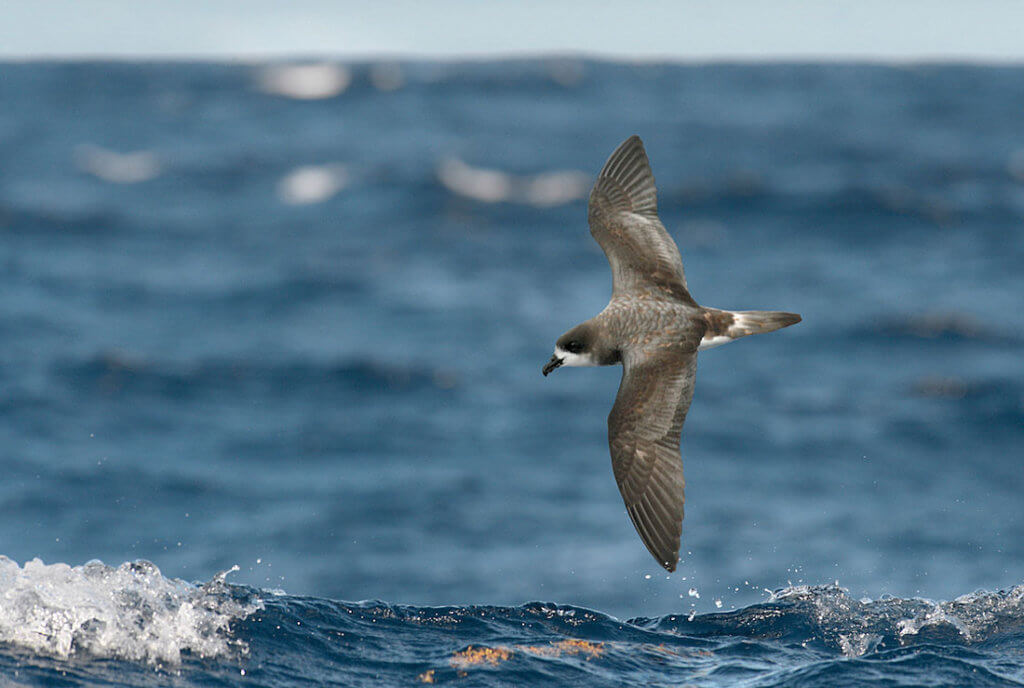
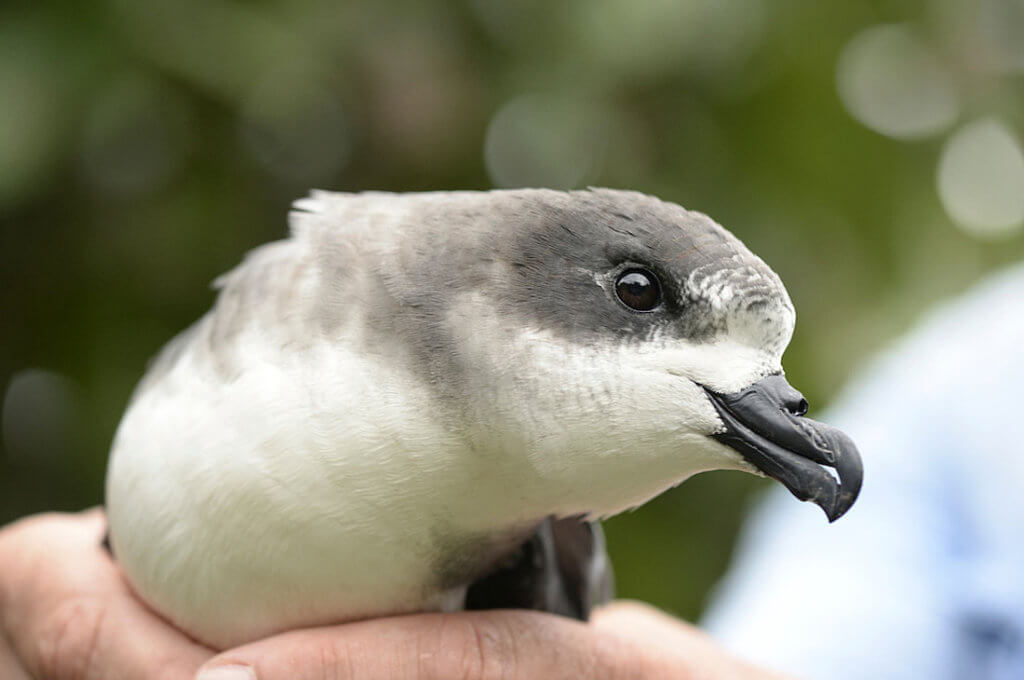
For more information about Bermuda Petrels, the Bermuda Audubon Society and the conservation aspirations of BPOTY visit the website at https://www.birdpoty.co.uk/ or come and talk to the team in the BPOTY Exhibition Marquee at Birdfair. And don’t forget to buy the new BPOTY book available online and at Birdfair.

Fantastic story about a species ‘resurrection’ (and subsequent conservation project) – how many more are there to come? I wonder if my Grandpa Angus ever saw or heard a cahow, at the outbreak of WWII he was part of a garrison that was put on Bermuda to defend it from possible attack/invasion, a working class man formerly employed by a foundry in Falkirk spending three years on a rather exotic island people now pay to visit. He spent a lot of time by the shore so it’s possible. There’s speculation that the cahow is mentioned in one of Shakespeare’s plays (Twelfth Night, The Tempest?) its vast population and raucousness made an impression on early colonists and it’s thought there’s a reference to it in his work. There was another slightly less glamorous ‘resurrection’ on the island when a snail thought to be extinct was recently found living in a small alleyway among some rubbish https://www.bbc.co.uk/news/science-environment-48527398
Thanks Les – an interesting follow-up tale.